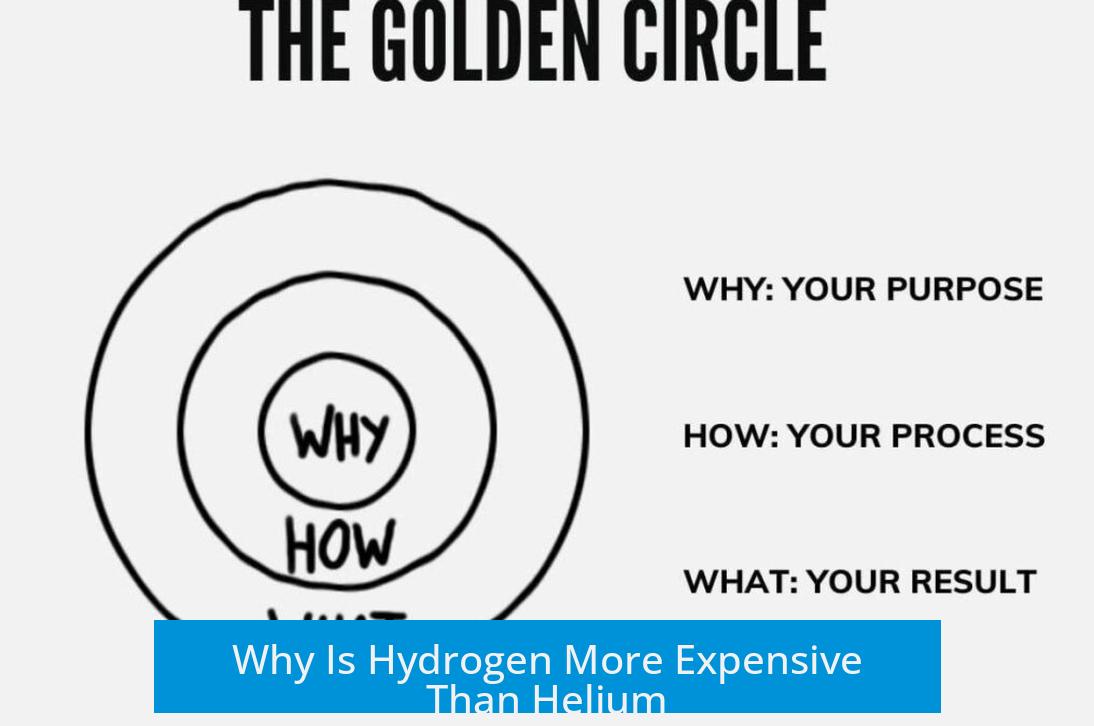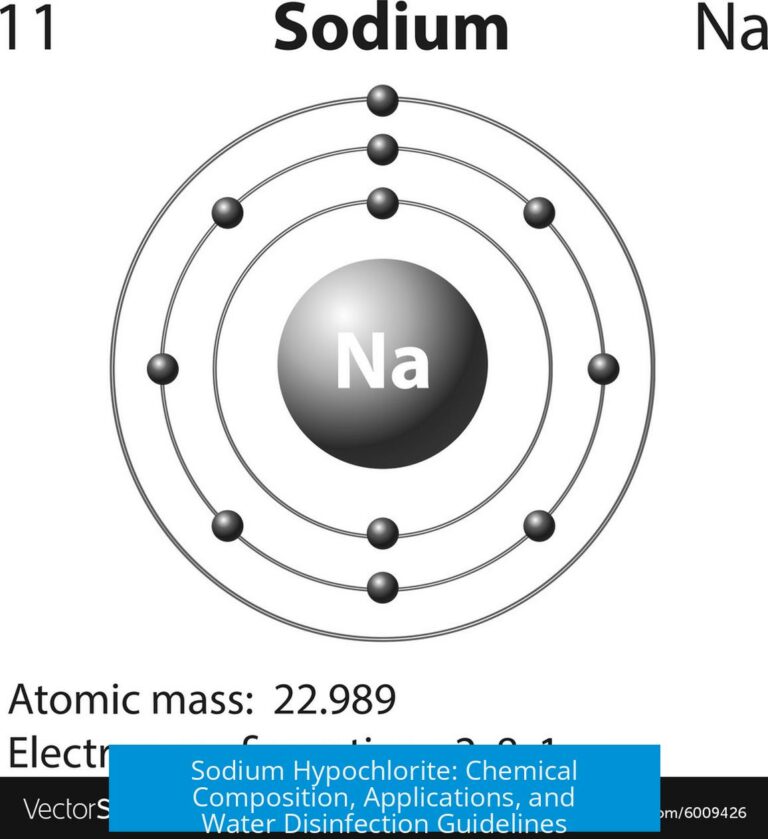Why Is Hydrogen More Expensive Than Helium?

Hydrogen costs more than helium mainly because it demands specialized, costly storage and handling due to its flammability and reactivity, while helium is easier and cheaper to extract and store as a natural gas by-product.
Safety and Storage Challenges of Hydrogen

Hydrogen’s key expense driver is its safety risks. It is highly flammable and explosive when mixed with oxidizers. This requires extensive safety protocols to prevent accidents.
One important phenomenon is hydrogen embrittlement. It damages metal storage containers over time, forcing the use of specialized, often expensive materials compatible with hydrogen.
Hydrogen storage equipment must meet strict regulations, including pressure vessel certifications and leak prevention technologies. This specialized infrastructure increases costs.
Production and Logistical Costs of Hydrogen
Producing hydrogen is energy-intensive. Common methods include steam methane reforming (SMR), which uses natural gas and a water-gas shift reaction, consuming significant energy and generating CO2.
Alternative production, like electrolysis, also requires high electricity inputs, keeping costs high.
Logistically, transporting hydrogen is difficult due to its low density and propensity to leak. Pipelines need constant monitoring, and compressed or liquefied hydrogen requires expensive compression and cryogenic storage.
These factors encourage on-site hydrogen generation to avoid transport costs, but this limits economies of scale and increases prices per unit.
Helium’s Availability and Simpler Handling
Helium is primarily harvested as a by-product of natural gas extraction. It accumulates naturally in certain reserves underground, making it relatively easy to separate via membrane and pressure swing adsorption methods.
The liquefied petroleum gas (LPG) industry processes vast quantities of gas, and helium is extracted almost incidentally, sharing costs with other operations. This spreads capital and operating expenses, lowering helium’s price.
Helium is chemically inert and non-flammable, which dramatically simplifies storage and handling. It does not embrittle metals or explode, so storage vessels do not require high-cost materials, and safety procedures are less demanding.
Market Dynamics and Pricing Effects
Market conditions also influence the price gap. Governments often manage helium reserves strategically, sometimes selling below market price to ensure supply stability. The United States historically controlled a large helium reserve.
No natural hydrogen reservoirs exist, so hydrogen cannot be sourced directly from underground. This contrasts sharply with helium’s natural deposit availability.
Hydrogen costs seen in retail or small-scale mixtures often reflect packaging, purity requirements, and distribution methods, rather than production alone. This leads to perception of higher prices, even if raw materials are cheaper at large scale.
Summary Table: Hydrogen vs. Helium Cost Factors
| Factor | Hydrogen | Helium |
|---|---|---|
| Flammability | Highly flammable, explosive risk | Inert, non-flammable |
| Storage | Specialized, costly tanks; embrittlement issues | Standard tanks; fewer material constraints |
| Production | Energy-intensive; steam methane reforming or electrolysis | By-product of natural gas, low additional cost |
| Transportation | Complex, high leak risk, compression required | Simpler handling, stored as gas or liquid |
| Market Influence | No natural reserves, pricing affected by logistics | Government reserve sales affect price stability |
Key Takeaways
- Hydrogen’s flammability and embrittlement impose high safety and storage costs.
- Energy-intensive production methods increase hydrogen’s price.
- Helium is obtained as a low-cost by-product of natural gas processing.
- Helium’s inertness simplifies handling and reduces expenses.
- Market factors and scale of production also affect relative pricing.
Why is hydrogen more expensive than helium?
Simply put, hydrogen costs more than helium due to its dangerous nature, tricky storage demands, logistics challenges, and energy-guzzling production methods. Meanwhile, helium rides the coattails of natural gas processing, coming out relaxed and cheap. That might sound like a cartoon superhero rivalry, but it’s all about chemistry and the industrial game.
Let’s break it down with a bit of science, economics, and maybe a sprinkle of reality checks about these two gases. Buckle up—this isn’t your grandma’s grocery list.
Hydrogen: The Explosive Drama Queen of the Gas World
Hydrogen’s reputation for being a fire hazard isn’t just a rumor—it’s *literally* explosive. If you mix hydrogen with oxygen and spark a match, you’ve got a “BOOM” situation suitable for industrial welding torches. So, the industry can’t just slap hydrogen in a regular container, toss it on a truck, and call it a day.
This means hydrogen storage requires specialized, often costly equipment designed to withstand “hydrogen embrittlement” (scientific talk for hydrogen rusting metal from the inside out). Add strict safety protocols, and you’ve got extra checks and balances that jack up prices.
“The storage of hydrogen is more expensive due to hydrogen embrittlement and flammability which requires dedicated equipment and handling. All of that adds cost.”
Imagine trying to carry a highly flammable gas that’s constantly trying to chew through your container and blow up if things go wrong—not exactly the light-and-easy air travel companion. So, preparing, storing, and transporting hydrogen safely hits your wallet hard.
Production Woes: Hydrogen’s Energy Hangover
Hydrogen won’t just pop out of the ground like helium. There’s no “hydrogen quarry” to dig out. Instead, it mainly comes from energy-intensive methods like reforming natural gas or reacting aluminum with hydrochloric acid (a sci-fi sounding chemical romance).
This water-gas shift reaction used in industrial production needs lots of energy input. So, not only is hydrogen difficult to store safely, it’s a costly star to produce. It’s like cooking a gourmet meal versus ordering take-out. Gourmet always costs more!
“Hydrogen is also made from natural gas by a water-shift reaction, but that takes a lot of energy to accomplish, and therefore cost.”
Because energy prices fluctuate, hydrogen costs tend to reflect those swings, making it pricier than helium on any given day. And you pay a premium, not just for the gas, but for transporting it safely to your doorstep. That’s why many prefer producing hydrogen right where it’s needed—that way you avoid the dangerous trip altogether. Efficiency and safety marry in this case.
Helium: The Laid-back By-product
Helium’s story is refreshingly chill by comparison. It’s mainly a bonus guest at natural gas plants, extracted during the production of liquefied petroleum gas (LPG). Since the industry processes massive gas volumes, the infrastructure for fetching helium is already in place. Helium’s extraction costs get slurped up in running the plant, allowing helium to come out cheap.
“Helium is a by-product of the liquefied natural gas industry, it is easily separated by membranes due to its small size.”
Helium’s small atomic size and inert nature mean it doesn’t cause headaches like hydrogen does. It’s not flammable, doesn’t corrode containers, and comes with minimal safety concerns. Storing helium isn’t like guarding a bomb—fairly straightforward and inexpensive.
This ease of handling means helium doesn’t rack up extra charges for storage or transport, keeping the price per cubic meter lower compared to hydrogen. Plus, much of the global helium still sells under government reserve policies or market tricks, which can artificially hold prices down.
Market Games and Pricing Illusions
Before you conclude hydrogen is absurdly overpriced, it’s worth slicing into the market dynamics a bit. If you buy small cylinders of hydrogen for, say, a hobby or a demo, the price looks inflated. That’s packaging, convenience, and safety fees sneaking in. At true commodity scale, where massive volumes shift hands, prices paint a less wild picture.
Helium also enjoys pricing advantages from government reserves and storage practices. The U.S., a big helium player, is known for “short selling” helium reserves to keep prices lower than market forces might set. That’s like dumping a ton of apples to keep fruit cheaper, even if it hurts the farmers’ wallets.
“I’m going to guess first off that helium is still under market cost if the US is still short selling its reserves, secondly I don’t think earth has ‘hydrogen deposits’ also, storing hydrogen has security costs has it’s a pretty dangerous gas.”
Meanwhile, no true natural “pockets” of hydrogen exist, so producers face added costs making and moving it. The safety expenses and energy requirements stack up. Thus, yes, hydrogen often claims a higher price tag.
Wrap-Up: What Does This Mean For You?
Next time you look at a balloon or think about alternative energy, consider this: hydrogen’s high price isn’t about greed. It’s about managing a temperamental gas that’s tough to store, costly to produce, and needs special handling. Helium’s low price rides in on the back of existing natural gas operations and simpler handling.
Wondering about practical impact? For industries or research, hydrogen’s price means investing in safety and infrastructure is non-negotiable. For party planners with helium balloons, well, your budget thank the gas gods.
Got questions about switching from helium to hydrogen, or why your local store charges differently? Remember that volume, packaging, and logistics all conspire to sculpt prices—and don’t base your opinion purely on sticker numbers at a party supply shop.
So, can helium suddenly become more expensive? Maybe, if reserves dry up or demand spikes for new tech. Will hydrogen get cheaper? Possibly, as green production methods and better storage emerge. Until then, hydrogen keeps its spot as the pricier, high-maintenance gas on the block.





Leave a Comment